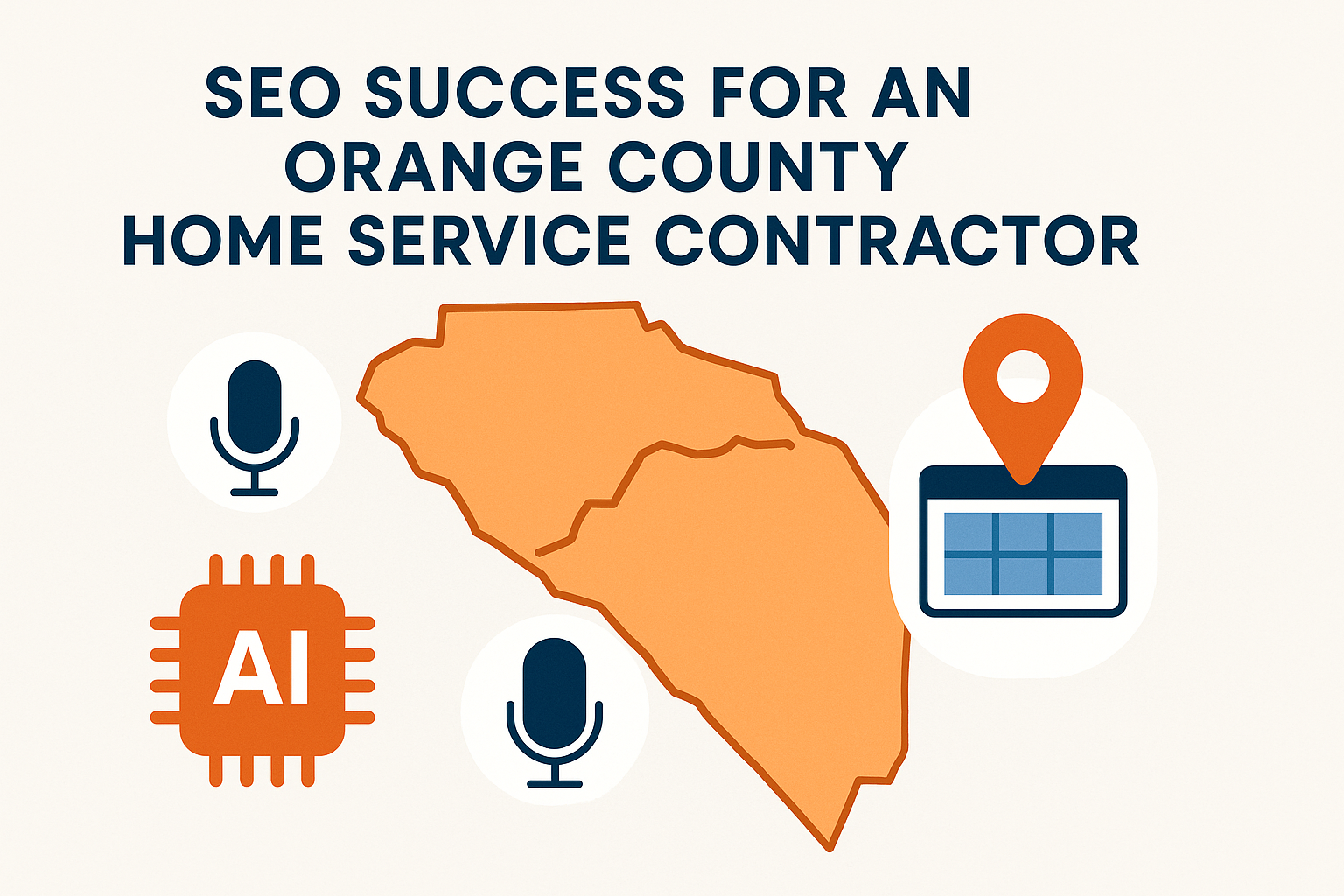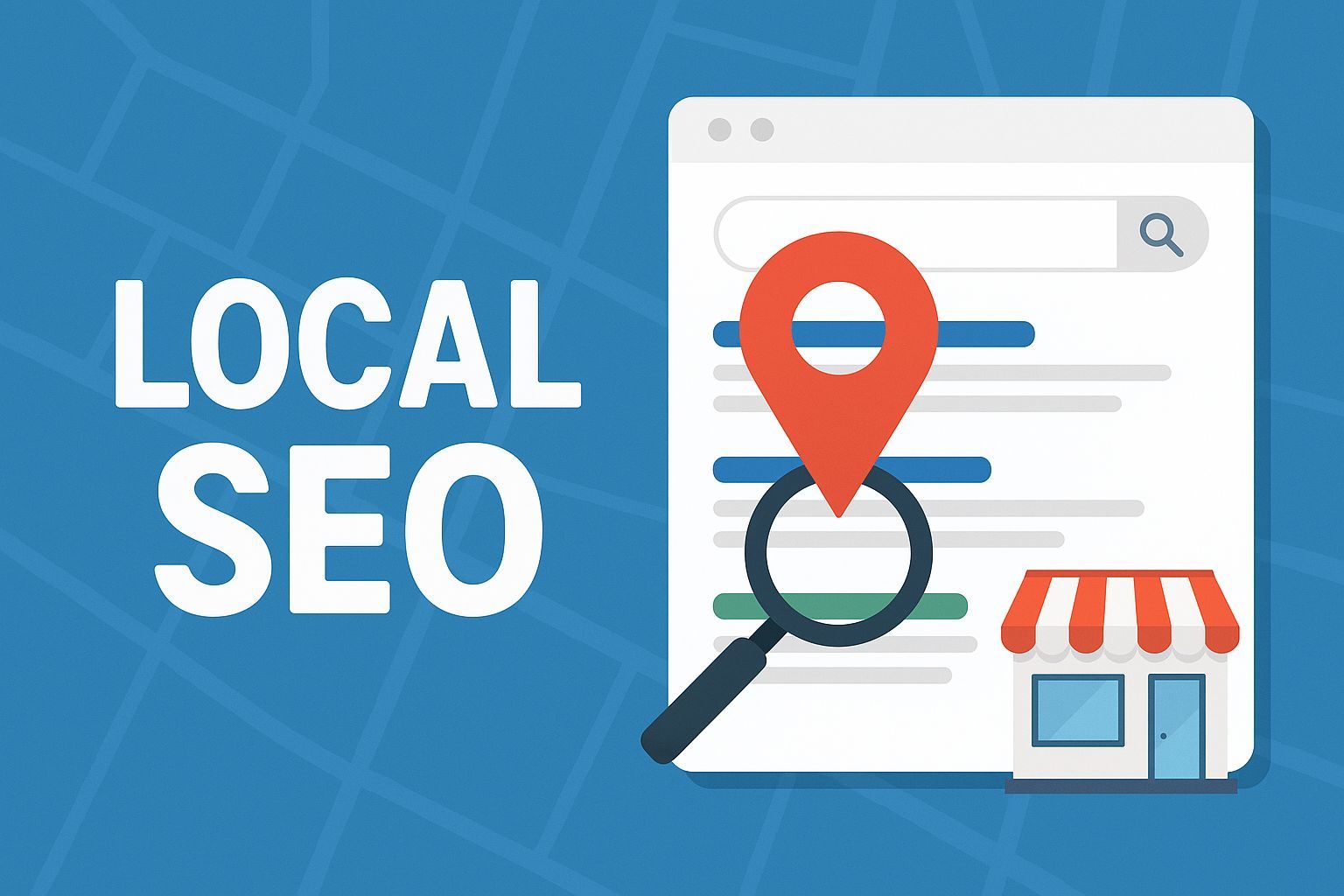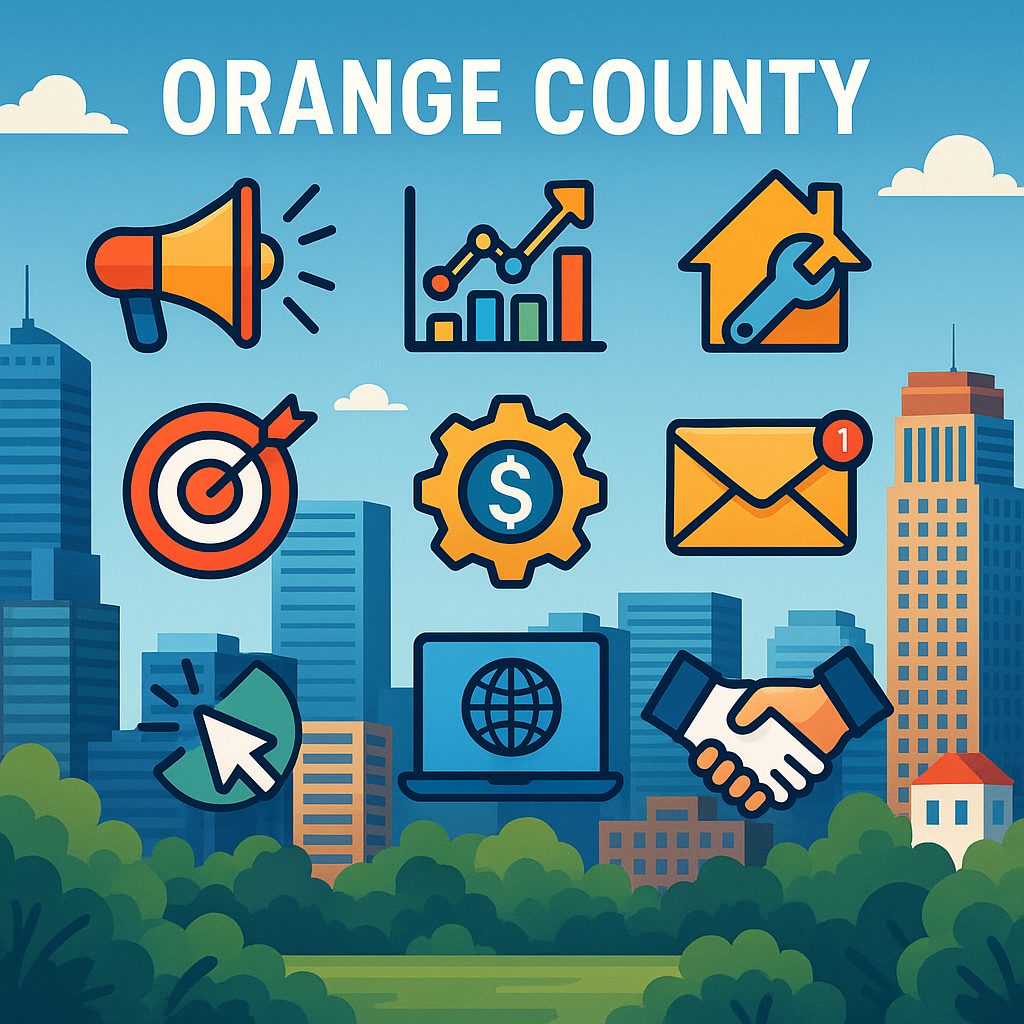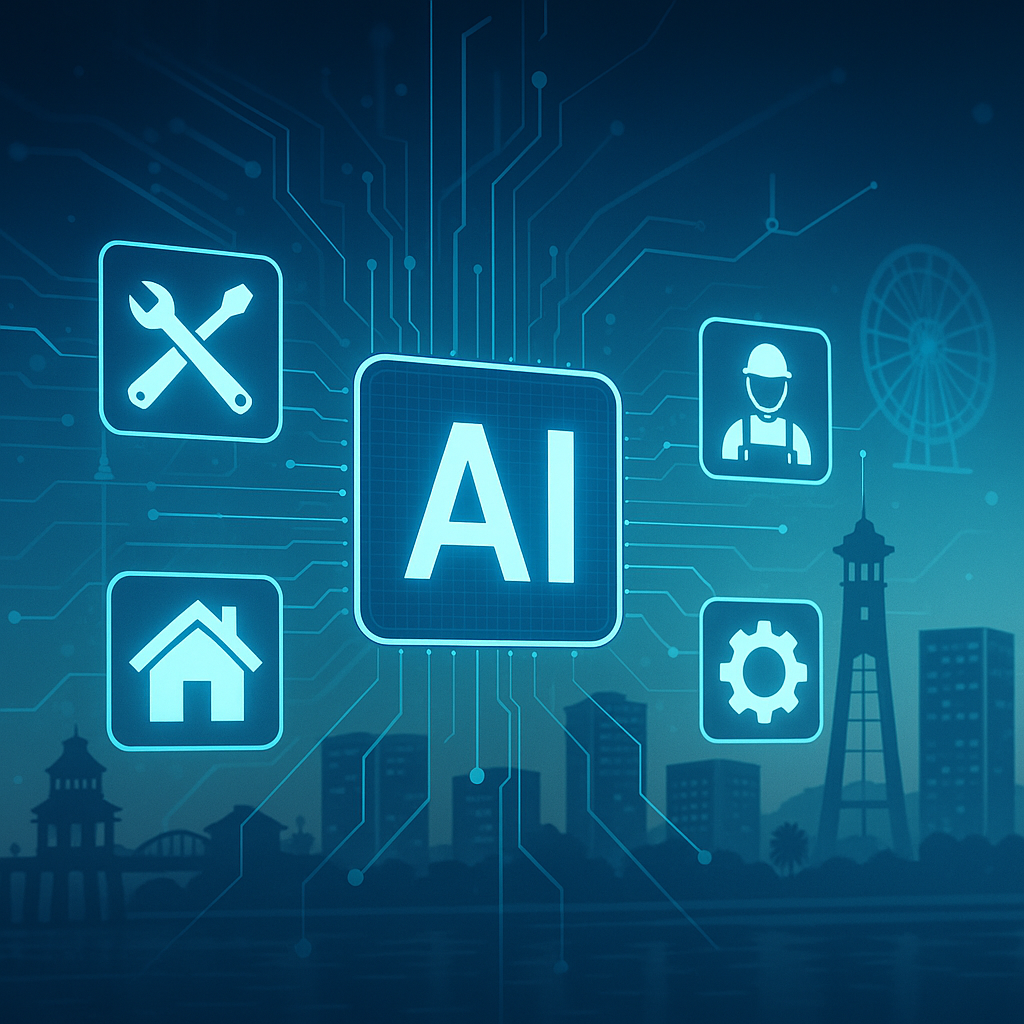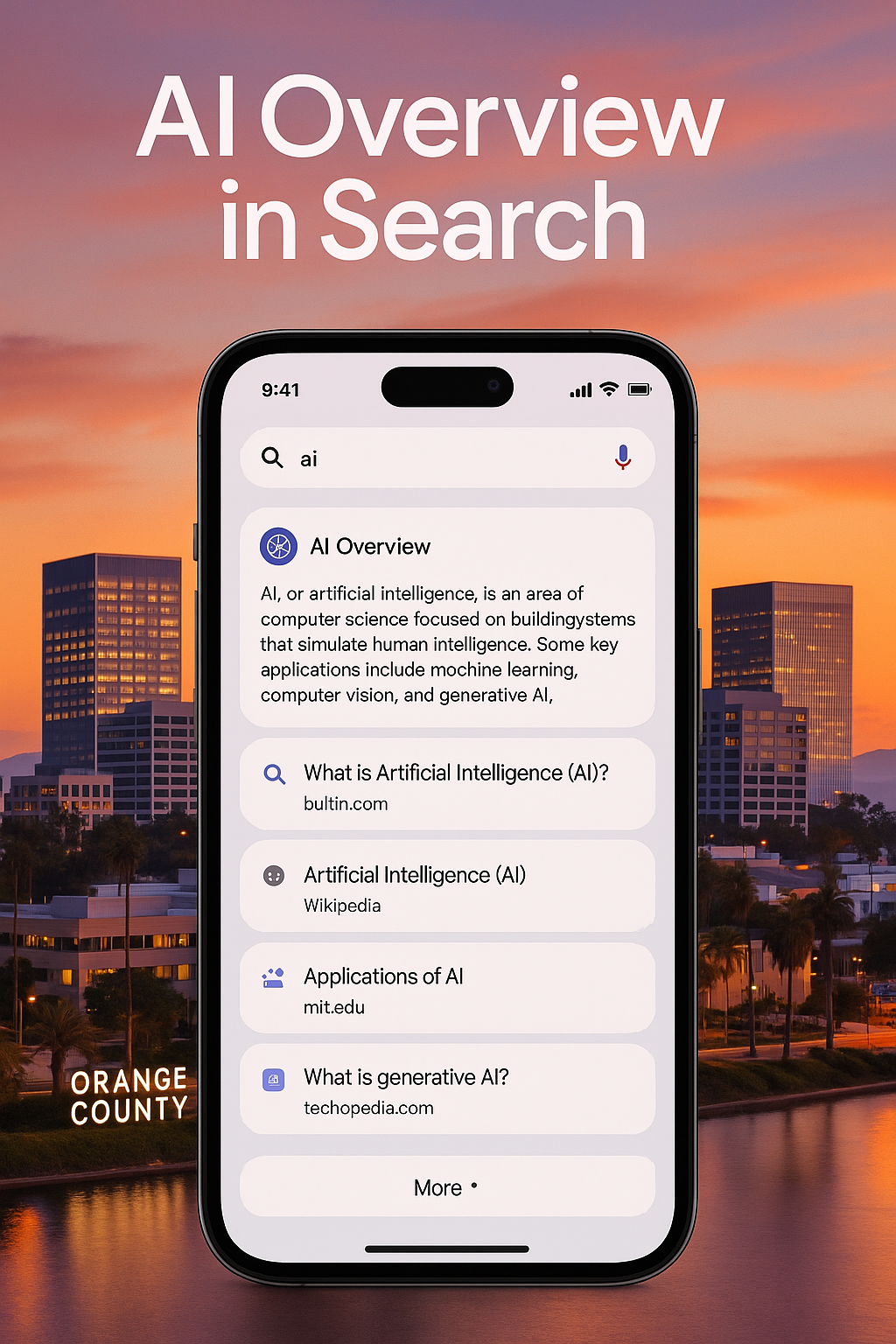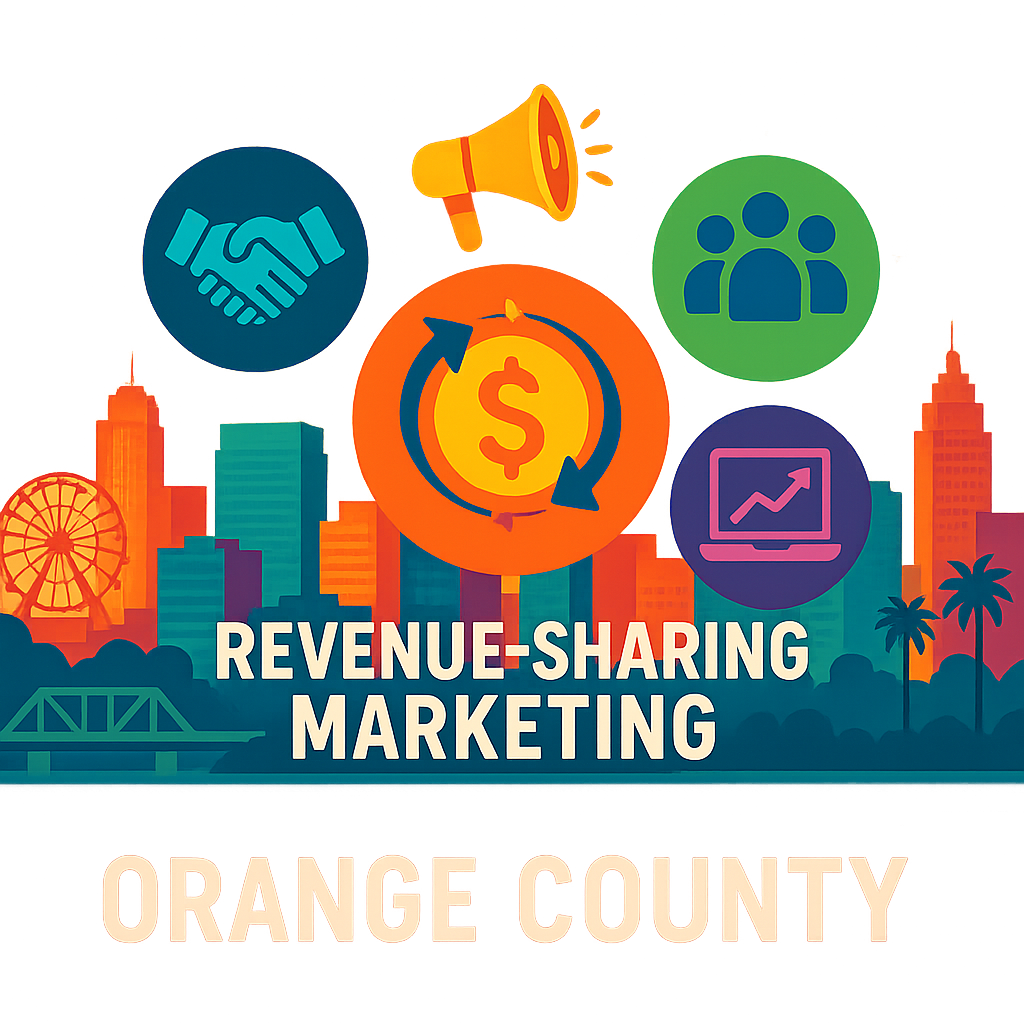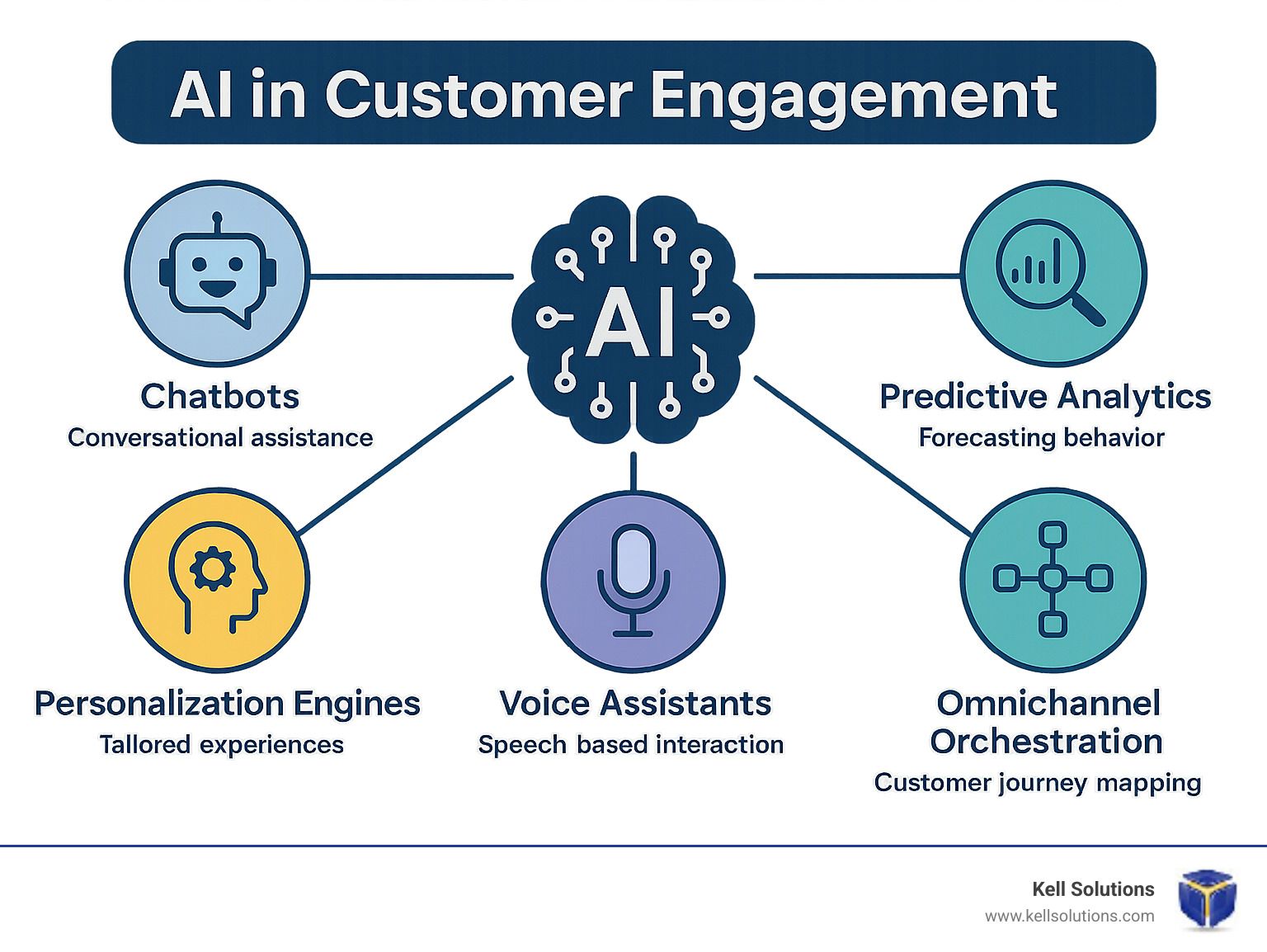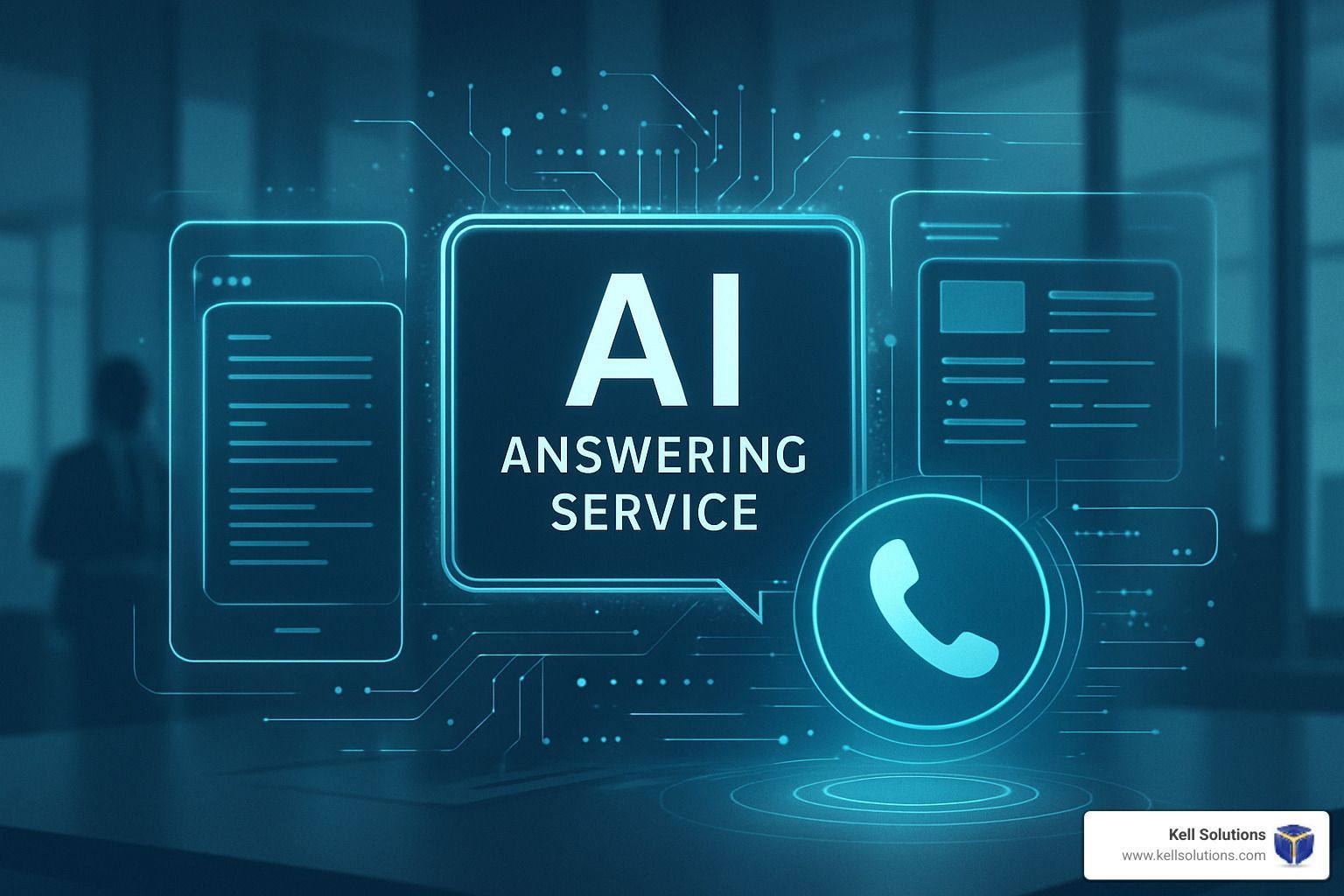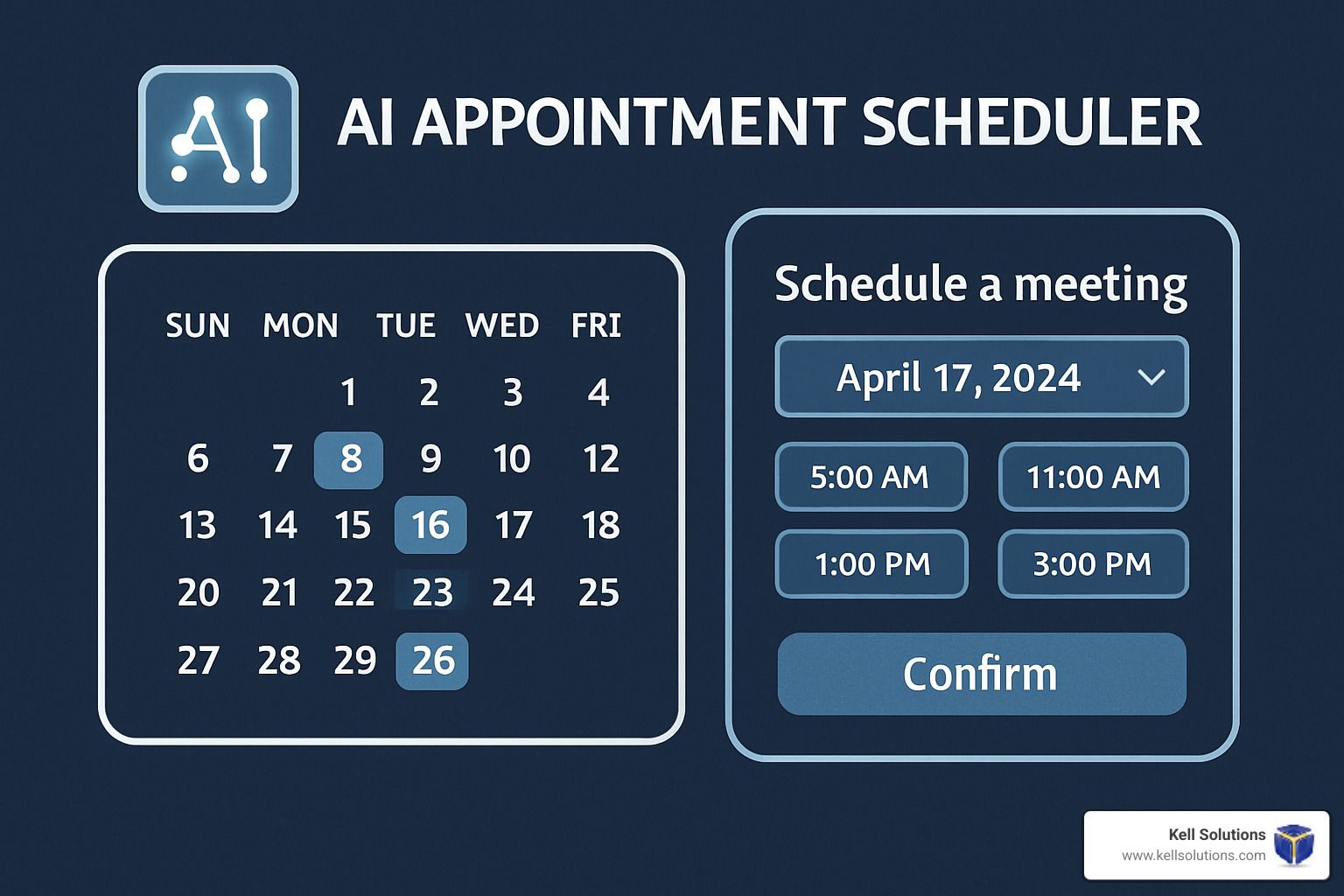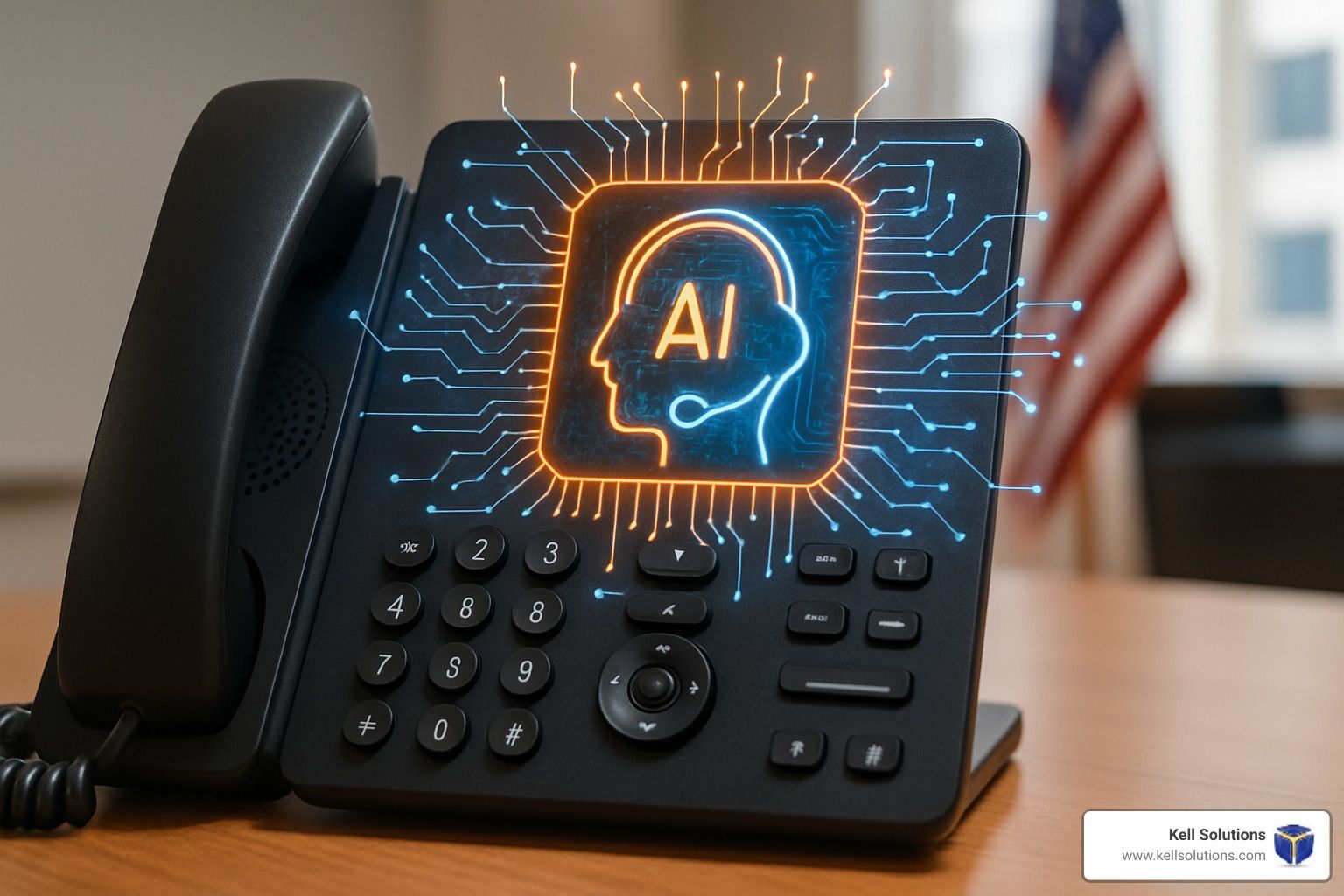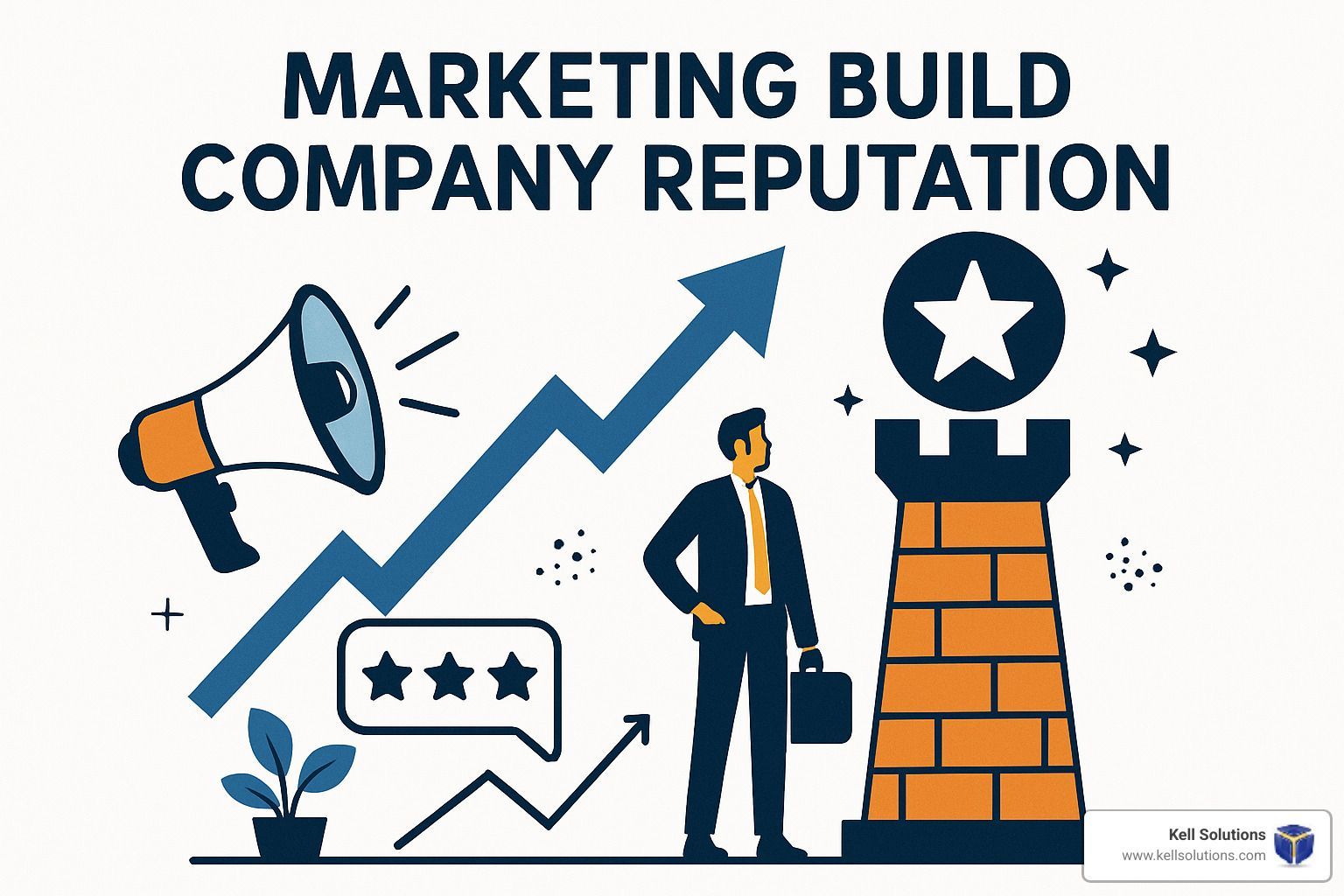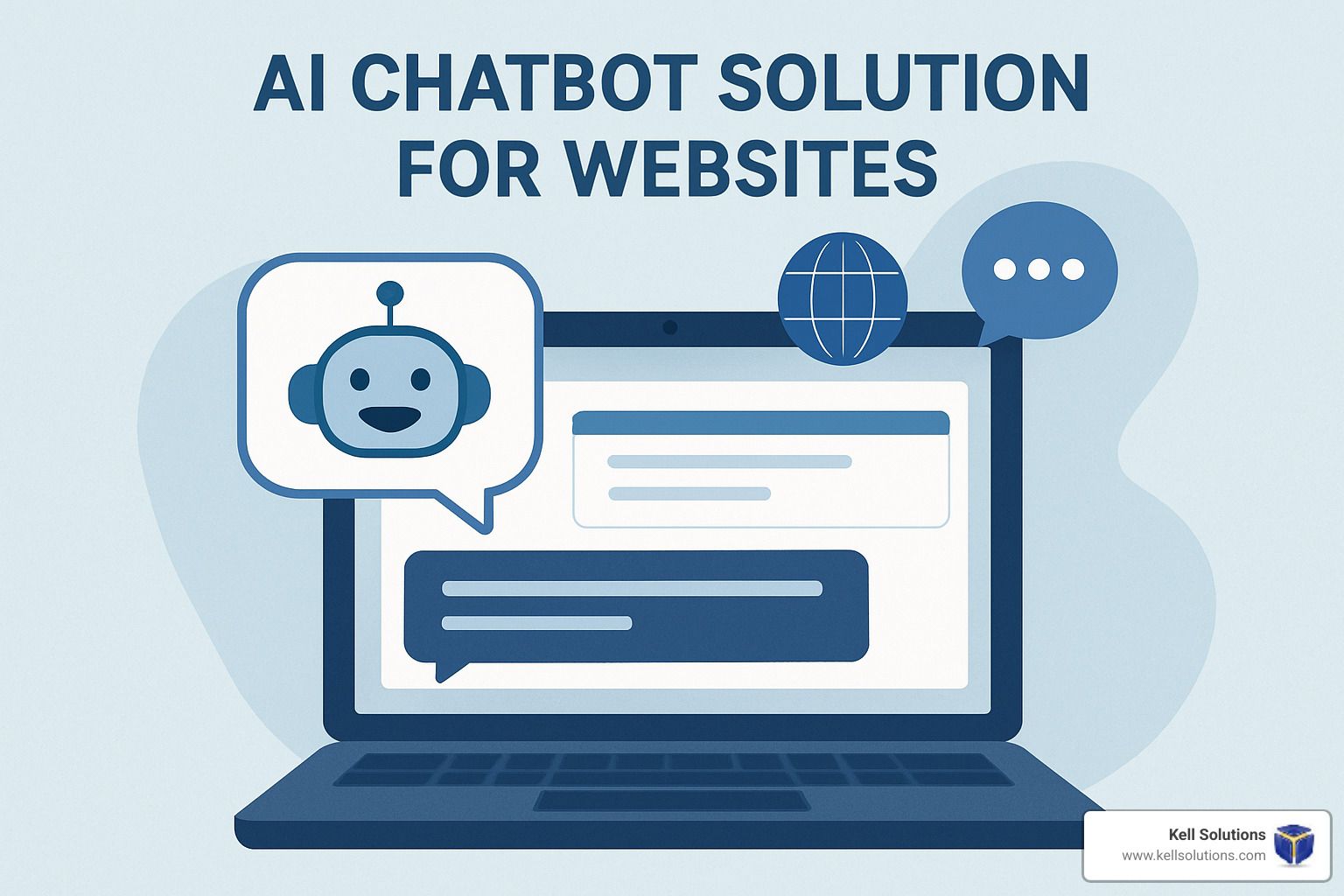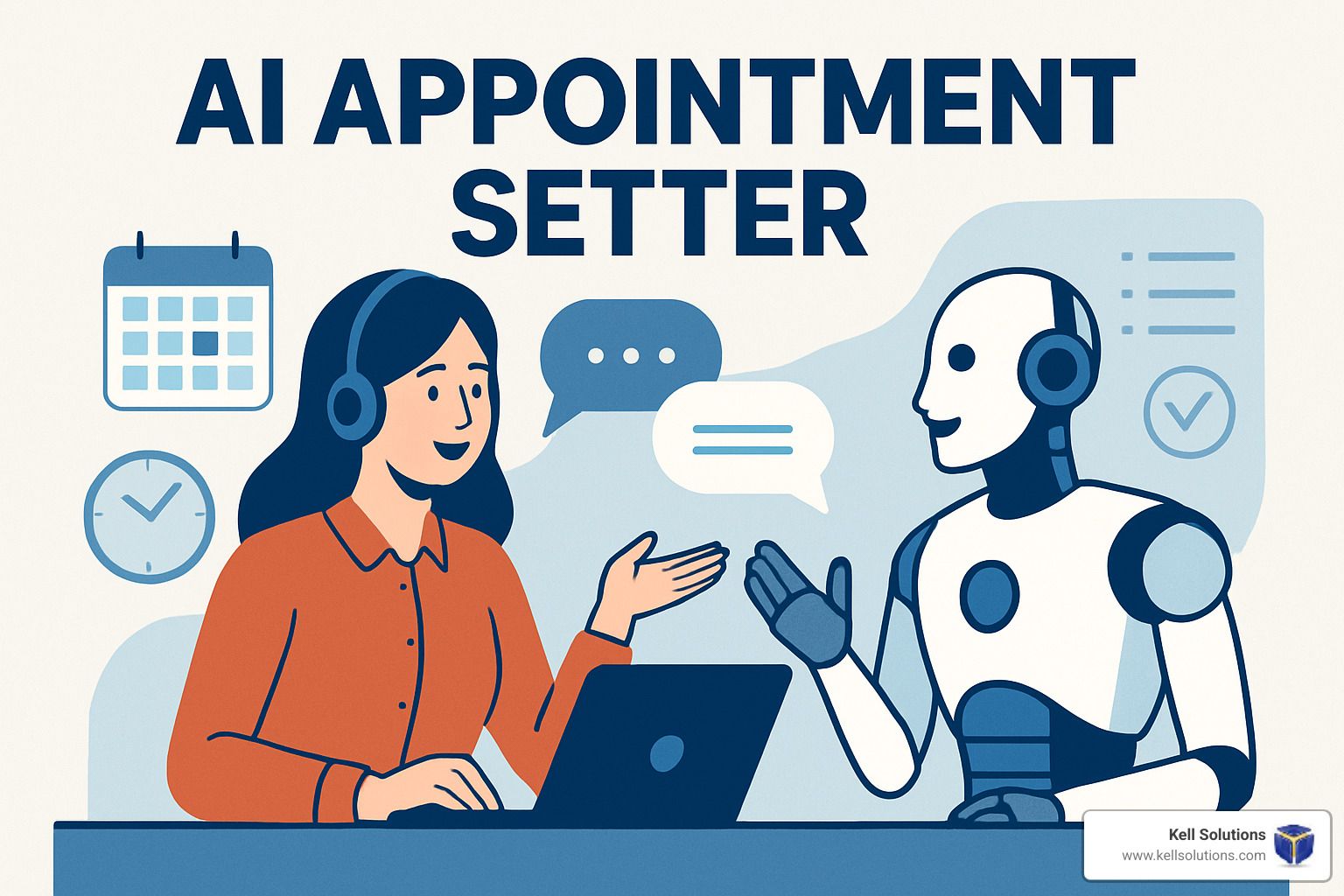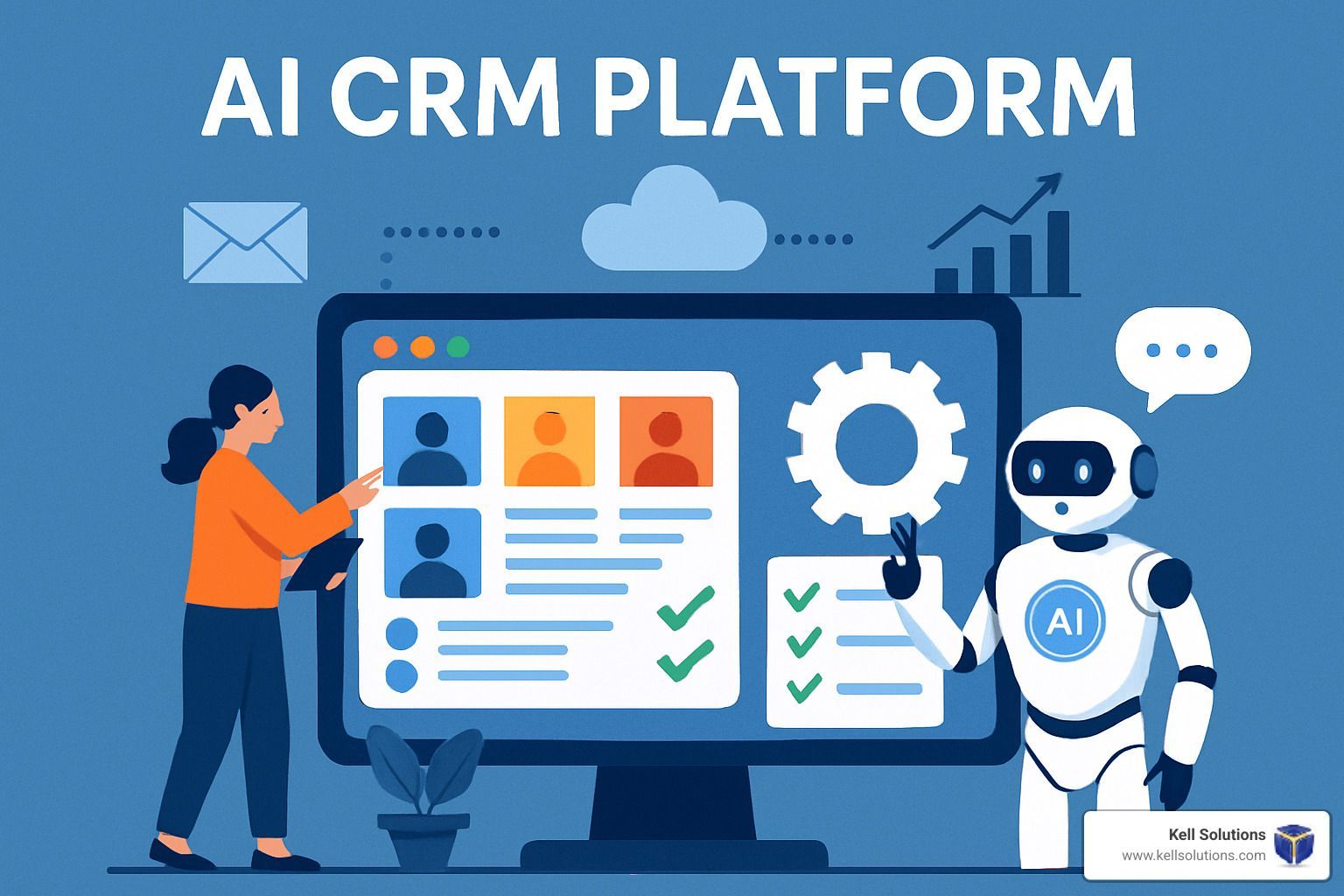Goodbye IVR, Hello AI – Mastering AI Powered Call Routing
The End of Caller Frustration: How AI is Changing Call Routing
AI powered call routing is an intelligent system that uses artificial intelligence to analyze incoming calls and direct them to the most appropriate agent or department based on factors like caller intent, history, and agent expertise. It replaces traditional IVR menus with natural language understanding to improve customer experience and operational efficiency.
What is AI Powered Call Routing?
- Definition: Technology that uses AI to analyze and direct calls based on real-time context
- How it works: Analyzes caller intent, history, and agent skills to make optimal routing decisions
- Key benefits: Reduces wait times, improves first-call resolution, and improves customer satisfaction
- Main technologies: Natural language processing, machine learning, predictive analytics
Did you know that 44% of customers experience feelings of annoyance, irritation, or anger when placed on hold for just 5 to 15 minutes? Traditional IVR systems with their rigid menu trees and "press 1 for..." prompts have become a symbol of customer frustration. But there's good news: AI powered call routing is changing the game.
Unlike conventional systems that rely on preset rules and caller button presses, AI-driven routing uses natural language understanding to interpret what callers actually want. The system then connects them with the right resource—whether that's a specialized agent, self-service option, or automated solution—based on real-time analysis of the conversation and historical data.
Companies implementing this technology have seen impressive results. Some report reducing average handling times by up to 14%, cutting call transfers by 5%, and achieving as high as 97% customer interaction rates with optimized AI greetings.
I'm Gregg Kell, founder of Kell Web Solutions, and I've helped numerous businesses implement AI powered call routing solutions that transform frustrating customer experiences into effortless interactions that build loyalty and drive growth.

Goodbye IVR: What Is AI Powered Call Routing?
We've all been there—calling a company only to hear that robotic voice: "For sales, press 1. For support, press 2..." By the time you reach option 8, you've forgotten what options 1-7 were! This traditional Interactive Voice Response (IVR) system is rapidly becoming a relic of the past, and for good reason.
AI powered call routing represents a refreshing breakthrough in how businesses handle incoming calls. Instead of forcing callers through a frustrating menu maze, this technology actually listens and understands what people are saying in their own words.
Think of it as the difference between talking to a rigid, programmed machine versus having a conversation with someone who genuinely wants to help. The AI uses conversational intelligence to interpret what callers want, then makes smart routing decisions based on multiple factors at once:
When someone calls and says, "I need to check if my order shipped," the system immediately understands this intent without making them press buttons or repeat themselves. It analyzes their history with your company, considers which agents have the right expertise, and even factors in real-time conditions like current wait times—all in seconds.
This technology brilliantly combines an Automatic Call Distributor (ACD) with sophisticated AI algorithms to create a system that actually learns and improves with each interaction. Your customers get connected to exactly the right resource faster, without the headache of navigating confusing menu trees.
How AI Powered Call Routing Differs from IVR
While both traditional IVR and AI powered call routing aim to direct calls efficiently, the differences in customer experience are night and day:
| Feature | Traditional IVR | AI Powered Call Routing |
|---|---|---|
| Interaction Style | "Press 1 for..." menu trees | Natural conversation ("How can I help?") |
| Caller Experience | Rigid, predefined paths | Freedom to express needs in own words |
| Decision Making | Static, rule-based | Dynamic, context-aware, learning-based |
| Personalization | Limited or none | Custom to caller history and preferences |
| Efficiency | Multiple transfers common | Higher first-call resolution rates |
| Adaptation | Requires manual updates | Self-improves through machine learning |
| Customer Satisfaction | Often frustrating | Typically more satisfying and efficient |
The most liberating difference is the freedom callers experience. With AI powered call routing, your customers simply speak naturally: "I need to update my billing information" or "My internet isn't working." The system understands these conversational requests without forcing people to translate their needs into arbitrary menu options.
Industry experts at Gartner predict that automation in customer service interactions will increase more than fivefold by 2026. This dramatic shift is happening because AI-driven systems deliver substantially better experiences for both customers and businesses.
Key Components of AI Powered Call Routing
Behind every seamless AI powered call routing system are several sophisticated technologies working together:
Natural Language Processing (NLP) forms the heart of the system, enabling it to understand human speech in all its messy, real-world variety. Modern NLP can handle different accents, dialects, and even extract meaning from how something is said. This technology has advanced dramatically, with capabilities that would have seemed like science fiction just a few years ago. Learn more about Natural Language Processing and its applications in business.
Beyond just understanding words, sentiment analysis lets the system detect emotions from a caller's tone and speech patterns. Is someone frustrated after multiple attempts to resolve an issue? The AI can prioritize their call or route them to agents specially trained for difficult situations.
Predictive analytics works like an experienced call center manager who knows exactly which agent will best handle each type of call. By analyzing thousands of past interactions, the system makes increasingly accurate routing decisions.
The system's machine learning models continuously improve with every call, learning which routing decisions lead to the best outcomes and adjusting future decisions accordingly. Unlike static systems that require manual updates, these models become more effective over time.
Automatic Number Identification (ANI) works before the conversation even begins, identifying the caller's phone number and retrieving their history so the system is prepared with context from the first moment.

Real-world results speak volumes: Central Bank achieved an 80% success rate in matching customer intent through NLP routing, cutting calls requiring human agents by more than half. This demonstrates how effectively these technologies work together to transform customer experiences from frustrating to delightful.
The beauty of AI powered call routing is that it creates a win-win situation—customers get faster, more personalized service while businesses operate more efficiently and build stronger customer relationships.
The Tech Stack Behind Intelligent Routing
Ever wonder what's happening behind the scenes when you call a business and get seamlessly connected to exactly the right person? The magic of AI powered call routing isn't magic at all—it's a sophisticated blend of technologies working in harmony to create experiences that feel remarkably human.
Think of it as a digital orchestra where every instrument plays a crucial role. At the foundation sits a Cloud Contact Center as a Service (CCaaS) platform that brings everything together. This cloud-based hub is what allows businesses to scale their operations up or down as needed, without missing a beat.
Feeding this system are massive data lakes and analytics engines that store every interaction, preference, and outcome. These aren't just digital filing cabinets—they're living libraries that help the AI learn what works best for each type of caller and situation.

What makes modern routing truly intelligent is how it connects to your existing customer data. Through CRM integration, the system instantly knows who's calling, their history with your company, and their preferences—all before an agent says hello. This creates those "they really know me" moments that customers love.
The front line of this technology often includes voice bots and virtual assistants that handle initial greetings and simple requests. Behind them, speech analytics tools are constantly listening, not just for words but for meaning, tone, and emotion.
And for human agents? Agent assist tools provide real-time guidance based on what the AI understands about the conversation, helping even new team members sound like seasoned pros.
The results speak for themselves. McKinsey research shows companies using speech analytics typically save 20-30% on costs while boosting customer satisfaction by 10% or more. Even more impressive, advanced analytics can slash average handle times by up to 40% and increase self-service success rates by 5-20%.
Core Algorithms & Data Sources
At the heart of AI powered call routing are sophisticated algorithms that make split-second decisions about where to direct each call. These digital decision-makers include:
Intent classification algorithms that figure out what the caller actually wants (often different from what they initially say), entity extraction that picks out important details like account numbers or product names, and sentiment scoring that gauges how a caller is feeling—are they frustrated, confused, or delighted?
The real magic happens when agent matching algorithms find the perfect available team member for each situation, while queue optimization balances the sometimes competing goals of minimizing wait times and making the best possible matches.
None of this works without data—and lots of it. The system draws from historical interaction records that show what's worked before, real-time context about current conditions, and behavioral profiles that reveal patterns in how customers and agents interact. Traditional telephone data (ANI/DNIS) provides caller identity information, while CRM records fill in the personal details that make interactions feel custom and thoughtful.
What's truly remarkable is how these systems process all this information in milliseconds, making nuanced routing decisions that would be impossible for even the most experienced human operator.
Security & Compliance Foundations
When you're handling sensitive customer conversations, security isn't optional—it's essential. Robust AI powered call routing systems build protection into every layer.
For healthcare organizations, HIPAA compliance ensures protected health information stays private. Companies serving European or California customers must adhere to GDPR and CCPA requirements, which give consumers control over their personal data.
End-to-end encryption keeps information secure whether it's moving between systems or stored in databases. Role-based access controls ensure team members can only see the information they need to do their jobs. And comprehensive audit trails track every system action, creating a verifiable record for compliance purposes.
This focus on security doesn't have to slow things down. Teladoc Health is a perfect example—they implemented AI routing while maintaining strict healthcare compliance standards, allowing them to handle 30% more calls year-over-year with 20% fewer staff, all while keeping customer satisfaction high.
The best security is the kind you never notice—it just works quietly in the background, protecting every interaction and building trust with every call.
Why Businesses Switch: Benefits & ROI
When businesses make the switch to AI powered call routing, they're not just adopting new technology – they're changing their entire customer communication strategy. The results speak for themselves, with improvements that touch every aspect of the business from the bottom line to customer happiness.
Think about what happens when every caller quickly reaches exactly the right person to help them. Magic! Companies implementing this technology have seen their Average Handle Time (AHT) shrink by up to 40%. That's not just a statistic – it's hundreds of hours saved for both your team and your customers.
Customer satisfaction doesn't just improve slightly – it soars. Next-generation AI powered call routing systems have delivered up to five times better CSAT scores by eliminating those frustrating menu mazes we all dread. When was the last time you enjoyed pressing buttons on an automated phone system? Exactly.

The financial case is equally compelling. Some businesses have reduced employee costs by up to $5 million through smarter routing and analytics. Your phone system transforms from a cost center to a revenue generator, with McKinsey research showing nearly 50% higher conversion rates on service-to-sales calls when AI routing is implemented.
AI powered call routing also means true 24/7 availability – no more missed opportunities after hours. Your virtual team never sleeps, ensuring every call receives appropriate attention regardless of when it comes in.
Perhaps most interesting is what happens with your human team. When agents receive calls perfectly matched to their skills, both productivity and job satisfaction climb together. Happy agents create happy customers – it's a beautiful cycle.
Customer Experience Gains with AI Powered Call Routing
The customer experience improvements from implementing AI powered call routing go far beyond just reducing wait times (though that's certainly a big win).
Imagine calling a business and being greeted by name without having to identify yourself. This personalized touch is possible with AI systems that recognize returning callers, creating an immediate positive connection. Businesses using these optimized greetings have seen interaction rates reach an impressive 97%.
VIP treatment becomes automatic rather than something customers have to request. High-value clients can be instantly identified and routed to priority service without awkward "Do you know who I am?" moments. The system simply knows.
When wait times are unavoidable (hey, it happens even with the best systems), AI powered call routing can offer intelligent callbacks at the perfect moment based on predicted agent availability. This respect for customers' time builds tremendous goodwill.
For routine matters, the system can gently guide callers to efficient self-service options that resolve issues even faster than speaking with an agent. According to Replicant's research , a staggering 44% of customers experience negative emotions when placed on hold for just 5-15 minutes. By drastically reducing these wait times, AI powered call routing eliminates a major source of customer frustration.
Central Bank's experience provides a compelling real-world example. They achieved an 80% success rate in matching customer intent through NLP routing, cutting the calls requiring human agents by more than half. The result? Dramatically improved efficiency and customer satisfaction happening simultaneously.
Small businesses can enjoy these same benefits without enterprise-level budgets. As detailed in the AI Answering Services Guide for Small Business , solutions exist that make this technology accessible to companies of all sizes. The days of missed opportunities and frustrated callers can finally be behind you.
📚 About the Author
Gregg Kell is a seasoned digital marketing strategist and founder of Kell Web Solutions, Inc., helping professional service firms grow through innovative AI-powered solutions like VoiceGenie AI. With over 20 years of experience in web development, lead generation, and business automation, Gregg is passionate about helping small businesses maximize growth and profitability through cutting-edge technologies.
When he's not helping businesses boost their bottom line, Gregg enjoys life by the beach in Laguna Beach, California, with his wife Debbie, celebrating over 40 years of marriage and entrepreneurial trips.
👉 Explore More from Gregg:
VoiceGenie AI Demo
| Missed Call ROI Calculator
| VoiceGenie AI Pricing
Implementation Roadmap: From Pilot to Optimization
Bringing AI powered call routing into your business isn't a flip-the-switch process—it's more like planting a garden that grows more abundant over time. Having guided numerous businesses through this journey, I've seen how a thoughtful approach yields the best results.
Let's walk through how to bring this technology to life in your organization:
The journey typically begins with honest assessment. Take a good look at your current call handling—where are customers getting frustrated? How long are they waiting? Which departments struggle most with call transfers? These insights form your baseline KPIs and help define what success will look like for your specific situation.
Once you've established clear goals, selecting the right technology partner becomes crucial. Look for vendors who understand your industry and can demonstrate successful implementations similar to what you need.
The smartest approach is starting small with a focused pilot. Choose a specific department or call type where you can make a meaningful impact quickly. This contained environment lets you work out any integration kinks with your CRM and telephony systems while training your initial AI models on historical call data.
Don't forget about the human element! Your agents need preparation too. The best implementations include thorough training so your team understands how the new system works and how their roles will evolve alongside it.
As your pilot proves successful, you can gradually expand to additional departments while refining your routing rules based on real performance data. This phased approach minimizes disruption while maximizing learning opportunities.
The beauty of AI powered call routing is that it gets smarter over time. Each interaction provides new data that helps the system become more accurate and effective. That's why the most successful businesses view implementation as an ongoing journey rather than a one-time project.
Step-by-Step Deployment Blueprint
Turning the concept of intelligent routing into reality requires a clear blueprint. Here's how to bring your system online with confidence:
Begin with comprehensive data mapping to identify all the information sources that will feed your AI system. Your CRM records, historical call data, and agent skill profiles will form the foundation of intelligent routing decisions.
Next comes integration setup. Working with your technology partner, establish secure API connections between your existing systems and the new AI platform. This technical groundwork ensures smooth data flow without disrupting your operations.
With connections in place, it's time for model training. This is where your historical call data becomes incredibly valuable, teaching the AI to recognize common caller intents and optimal routing patterns specific to your business.
While the technology learns, focus on agent training too. Your team needs to understand how calls will arrive differently—often with intent already identified—and how to leverage this pre-analysis to provide better service.
A soft launch approach works best for most businesses. Start by routing just 10-15% of calls through the new system, gradually increasing as performance metrics confirm everything is working as expected.
Build in feedback mechanisms from the beginning. Both customers and agents should have easy ways to report when routing decisions aren't optimal, providing valuable data for system refinement.
The implementation timeline typically spans 4-12 weeks depending on your existing infrastructure complexity and integration requirements. Throughout this process, your AI Phone Agents will become increasingly custom to your specific business needs.
Best Practices to Maximize Results
To get the most from your AI powered call routing investment, focus on these proven strategies:
Keep skill profiles current. Your agents develop new capabilities over time, and your routing system needs to know about them. Schedule regular updates to your agent skill matrix to ensure accurate matching.
Pay attention to sentiment. Configure your system to flag calls where negative emotions are detected, allowing for special handling or supervisor intervention before situations escalate.
Make metrics visible. Create accessible dashboards showing key performance indicators so everyone from agents to executives can see the impact of your new routing approach.
Never stop testing. The most successful implementations continuously run A/B tests on different routing strategies to identify what works best for different caller segments and situations.
Schedule regular AI training sessions. Just as you would invest in ongoing education for your human team, plan for periodic retraining of your AI models with new data to keep improving accuracy.

The optimization cycle never truly ends. Each interaction provides new insights that can be used to refine routing decisions, update AI models, and improve customer experiences. The businesses that accept this continuous improvement mindset see the greatest long-term value from their implementation.
Consistency matters across all communication channels. As you perfect your voice routing, consider how these same intelligent principles can extend to chat, email, and social media interactions for a truly seamless customer experience.
Overcoming Challenges & Future Trends
Let's be honest - implementing AI powered call routing isn't always smooth sailing. While the benefits are tremendous, most businesses face a few bumps along the way. The good news? These challenges have clear solutions that can help you steer the transition successfully.
Data quality is often the first hurdle. Your AI powered call routing system needs clean, well-structured data to make smart decisions. Starting with a thorough data cleansing initiative before implementation can save headaches down the road. Many of our clients establish ongoing data governance practices to keep information flowing correctly as they grow.
Bias in AI is another concern worth addressing. AI systems learn from historical data, which means they can sometimes inherit existing biases. Regular audits of your routing decisions help ensure fairness for all customers. We recommend quarterly reviews of routing patterns to spot and correct any unintentional favoritism.
"My legacy phone system is too old for AI" is something we hear often. Don't worry! Cloud-based bridge solutions can connect older telephony infrastructure to modern AI capabilities without requiring a complete system overhaul. This approach lets you leverage your existing investment while still gaining the benefits of AI powered call routing.
Getting budget approval sometimes requires extra convincing. The most effective strategy? Start with a focused pilot program in one department or for one call type. The concrete results you'll generate will provide compelling proof points specific to your business, making that next budget conversation much easier.
As companies expand AI powered call routing across multiple channels (like chat, email, and social), complexity can increase. A phased implementation approach works best - start with your highest volume channel to gain experience before expanding.

The Next Wave for AI Powered Call Routing
The future of customer communication is evolving at lightning speed, with AI powered call routing at the forefront. The voice bot market alone is projected to reach a staggering $98.2 billion by 2027 - a clear indicator of the massive growth potential in this space.
Generative AI is perhaps the most exciting advancement on the horizon. Systems built on frameworks like GPT-4 will enable deeper conversation understanding and can even generate personalized response suggestions for agents in real-time. This technology is changing from science fiction to practical business application right before our eyes.
We're also seeing a shift toward proactive outreach. Rather than waiting for customers to call with problems, smart systems will identify potential issues and initiate contact first. Imagine your business reaching out to customers before they even realize they have a problem - that's the power of predictive AI.
Agent co-pilots represent another game-changing trend. These AI assistants work alongside human agents, suggesting responses and actions during calls. The result is a powerful human-AI partnership that combines the empathy of people with the efficiency of technology.
For businesses looking to maximize efficiency, autonomous contact centers are becoming increasingly viable. These fully AI-managed operations can handle the majority of routine interactions without human intervention, freeing your team to focus on complex cases that truly require a personal touch.
Perhaps most fascinating is the development of emotion-adaptive routing. These sophisticated systems not only detect customer emotions but adapt their entire approach based on the caller's emotional state. A frustrated customer might receive different treatment than a curious one, creating truly personalized experiences.
As Gartner notes, by 2026, the rate of automation in agent interactions will increase more than fivefold. This rapid adoption underscores how quickly businesses are embracing AI powered call routing to stay competitive.
The future of customer communication isn't just about technology - it's about creating more human, intuitive experiences powered by increasingly sophisticated AI. And that future is arriving faster than many businesses realize. For more insights on omnichannel routing strategies, check out NICE's overview of omnichannel routing technologies.
Frequently Asked Questions about AI Powered Call Routing
How does AI choose the "best" agent?
When you're implementing AI powered call routing, one of the most common questions is how the system actually determines which agent should handle each call. It's not just about who's available—it's much smarter than that.
The magic happens through a sophisticated analysis that considers multiple dimensions simultaneously. The AI maintains detailed profiles of each agent's capabilities and specialties, almost like a talent scout who knows exactly what each team member does best. It also looks at how agents have performed with similar calls in the past—who's consistently knocking it out of the park with technical issues or who has the perfect touch with billing concerns.
Beyond skills, the system is constantly aware of who's currently overloaded and who has bandwidth. If Jane has already handled five complex calls today while John has had a lighter load, that factors into the decision. The AI even remembers if a caller has worked successfully with a particular agent before—because why not reconnect people who already have rapport?
What's truly remarkable is that all this happens in milliseconds. The system analyzes the conversation in real-time, understands what the caller needs, and makes routing decisions that would be impossible for even the most attentive human supervisor to make at scale.
Can AI routing work with my current phone system?
Yes! This is one of those concerns that keeps operations managers up at night, but rest easy—modern AI powered call routing solutions are designed with flexibility in mind.
Most businesses don't need to rip and replace their existing phone infrastructure. There are several ways to integrate AI routing with what you already have:
For standard telephony platforms, API integration provides a seamless connection. If you prefer to keep your physical infrastructure, cloud overlays can add AI intelligence on top of your existing system. Many of our clients appreciate the BYOT (Bring Your Own Telephony) approach, where you maintain your current carriers while gaining all the benefits of intelligent routing.
If your system uses SIP trunking, integration is typically straightforward. And for more complex environments, we often recommend a hybrid approach—starting with certain call types routed through the AI while others follow traditional paths.
At Kell Solutions, we've successfully integrated our AI voice agents with everything from legacy PBX setups to cutting-edge VoIP platforms. There's always a way to make it work without disrupting your operations.
What KPIs improve first after deployment?
When you implement AI powered call routing, you'll notice certain metrics improving almost immediately, while others develop over time—like watching different flowers bloom in your garden.
First Contact Resolution (FCR) is typically the earliest metric to show improvement. Since callers are immediately connected to the best-qualified agent, problems get solved without the dreaded "let me transfer you" experience. Closely following this, Average Handle Time (AHT) decreases as agents receive calls that align perfectly with their skill sets—they're working in their zone of genius.
Within the first month, you'll likely see a significant drop in Transfer Rate. This makes sense—when the AI gets routing right the first time, there's simply less need to bounce customers around. By the 30-60 day mark, Customer Satisfaction (CSAT) scores typically show measurable improvement as customers experience more efficient service with fewer frustrations.
The ripple effects continue with lower Abandonment Rates as customers spend less time waiting and more time getting their issues resolved. Over the longer term, you'll notice improvements in agent retention (happier agents who aren't constantly dealing with misrouted calls), cost per contact (due to operational efficiencies), and even revenue per call for sales environments.
The results can be dramatic—companies implementing predictive call routing have reported reducing average handling times by 14% and call transfers by 5% within just the first three months. These aren't just numbers; they represent real improvements in customer experiences and operational efficiency.
Conclusion
The journey from traditional IVR to AI powered call routing isn't just a technological upgrade—it's a complete reimagining of how businesses connect with their customers. Throughout this guide, we've seen how this shift creates ripple effects that touch every aspect of the customer experience.
When businesses accept intelligent routing, the change is remarkable. Wait times shrink dramatically. Customer frustration dissolves into satisfaction. First-call resolutions become the norm rather than the exception. Every interaction becomes both more efficient and more personal—a combination that was once thought impossible at scale.
But perhaps what's most exciting is how AI powered call routing creates a single source of truth about your customers. Every call, every interaction, every preference gets woven into an ever-more-detailed understanding that helps you serve them better. This omnichannel future isn't just about technology—it's about building deeper, more meaningful relationships with the people who keep your business thriving.
The competitive advantage here is substantial and growing. As customer expectations continue to rise (and they will), businesses that have already acceptd this technology will stand head and shoulders above those still asking customers to "press 1 for sales."
At Kell Solutions, we're helping businesses across Southern California implement AI voice agents that transform missed opportunities into captured leads and frustrating hold times into delightful experiences. Our VoiceGenie AI platform integrates seamlessly with your existing systems while delivering all the advanced capabilities of AI powered call routing we've discussed.
The future of customer communication is conversational, intelligent, and deeply personal. The question isn't whether your business should adapt—it's whether you'll lead the way or try to catch up later.
Want to see how AI powered call routing can transform your customer experience? Request a demo of our VoiceGenie AI platform and experience how natural conversations can replace frustrating menus. You'll quickly see why our clients tell us this technology doesn't just improve operations—it fundamentally changes how they connect with customers.
To learn more about the technology behind our platform, check out our guide on Inside the Voice AI Platform for Customer Engagement.
📚 About the Author
Gregg Kell is a seasoned digital marketing strategist and founder of Kell Web Solutions, Inc., helping professional service firms grow through innovative AI-powered solutions like VoiceGenie AI. With over 20 years of experience in web development, lead generation, and business automation, Gregg is passionate about helping small businesses maximize growth and profitability through cutting-edge technologies.
When he's not helping businesses boost their bottom line, Gregg enjoys life by the beach in Laguna Beach, California, with his wife Debbie, celebrating over 40 years of marriage and entrepreneurial trips.
👉 Explore More from Gregg:
VoiceGenie AI Demo
| Missed Call ROI Calculator
| VoiceGenie AI Pricing


Orange County HVAC Google AI Overview Domination: 7 Proven Strategies to Capture Featured AI Results





